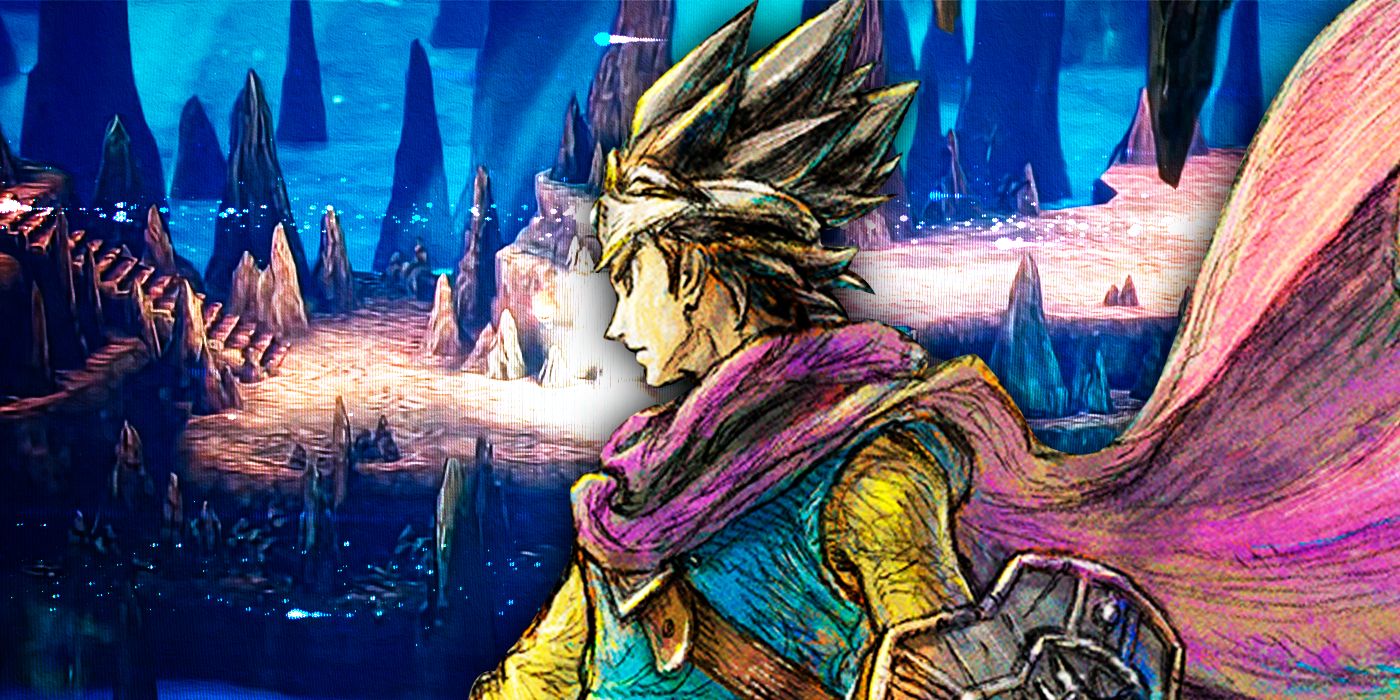
Numerous game titles are renowned for their significant contributions to gaming evolution. Titles such as Pong, Pac-Man, Tetris, Ultima, and 64 represent some of the giants in the industry that transformed the way developers and gamers viewed gaming. However, there’s one legendary series that remains relatively underappreciated, particularly in the west, and this is the one we are referring to. This series has been thriving since 1986, with its debut on the Famicom.
1989 marked the arrival of the game in North America, while PAL regions didn’t get it until 2014. Despite its massive success in Japan, it didn’t become the blockbuster hit it was expected to be there. The Dragon Quest series is so popular in Japan that there were whispers suggesting a main release could cause the entire country to halt, with children skipping school and adults abandoning work to play. Whether this is accurate or not remains uncertain, but Square Enix has chosen to launch each main game over the weekends since Dragon Quest III, presumably to accommodate its passionate fanbase.
A New Approach to RPGs
Inspired by Contemporaries
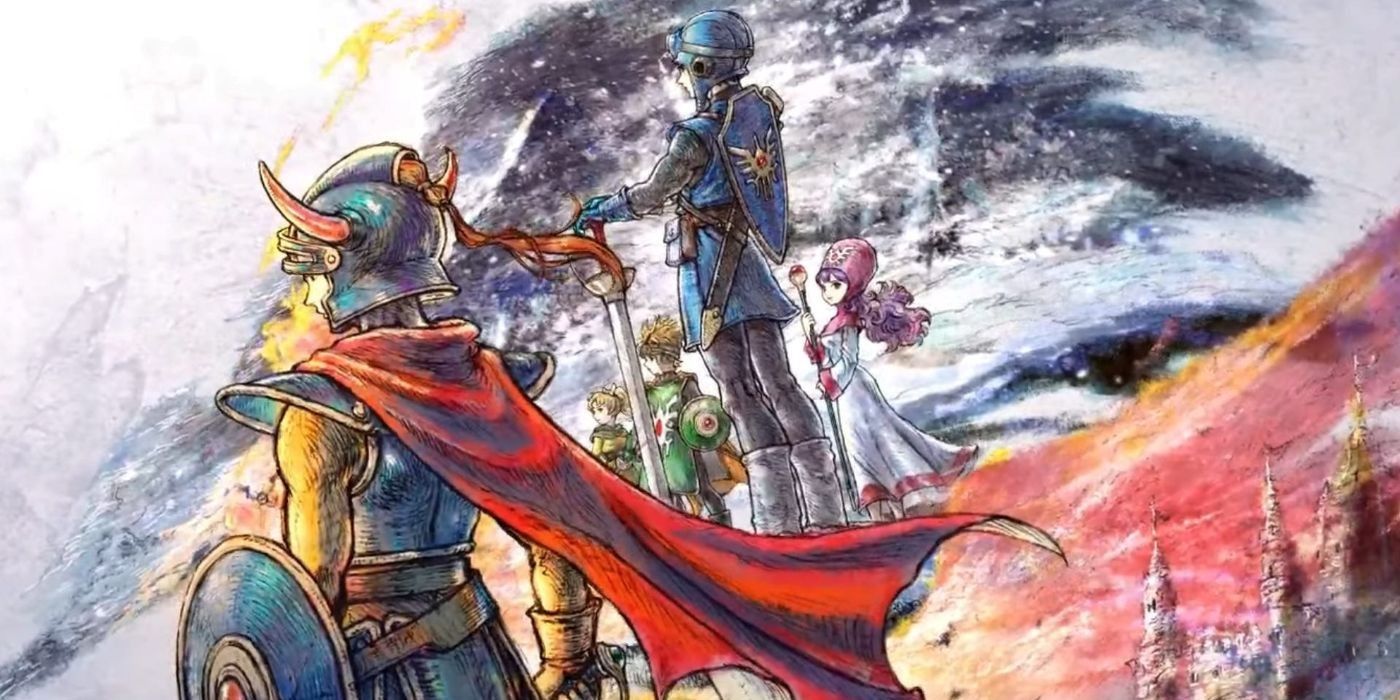
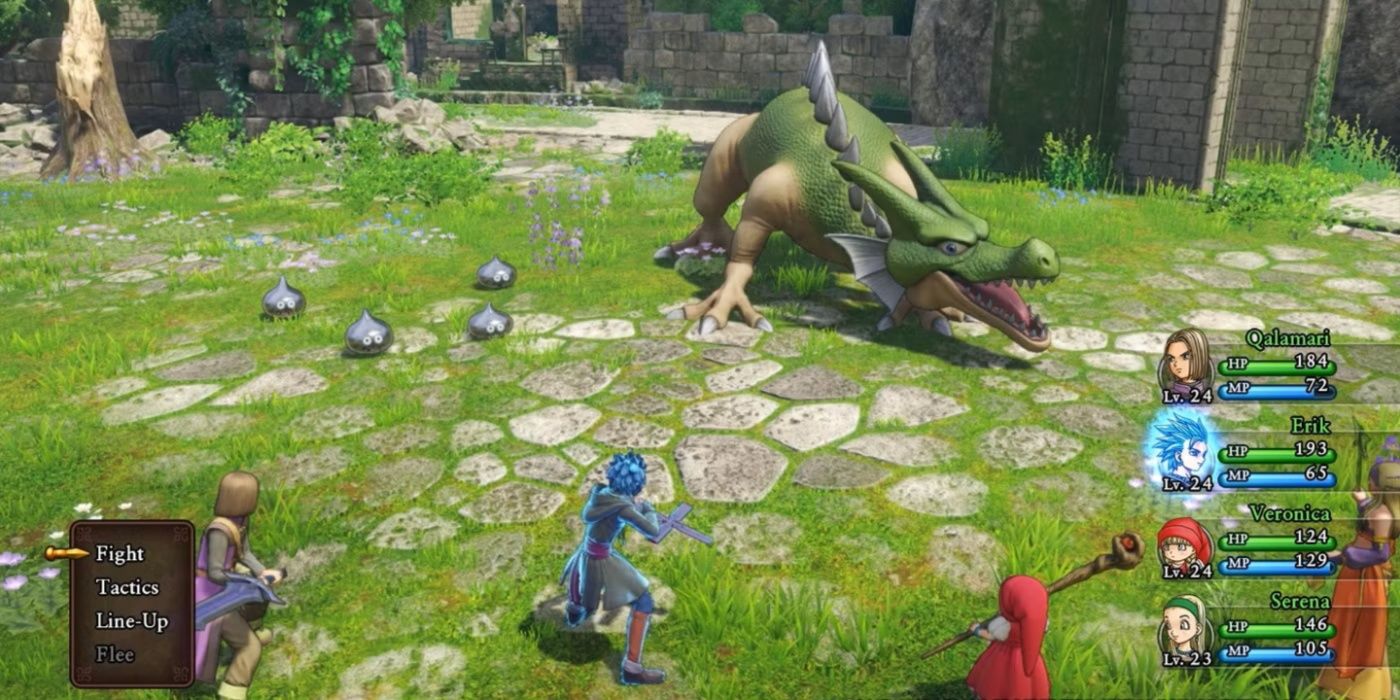
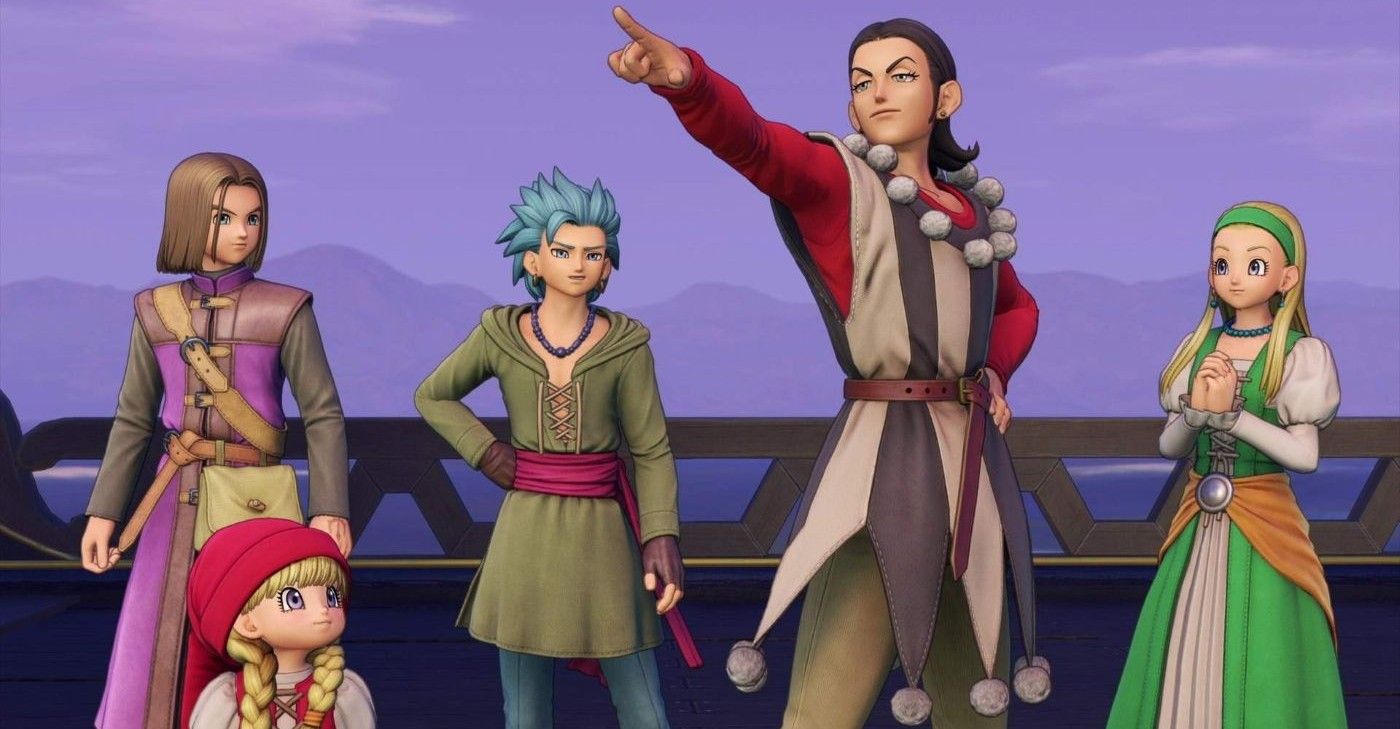

The game known as “Dragon Quest” wasn’t the pioneer in the RPG genre; games like “Wizardry” (1981), “Ultima” (1980), and “Akalabeth” (1979) on PC predated it. These titles, in turn, were influenced by traditional tabletop role-playing games. The creator of Dragon Quest, Yuji Horii, initially worked at Enix (before its merger with Square Soft). His breakthrough came when he placed in their game programming contest with “Love Match Tennis”. Later, he independently developed “The Portopia Serial Murder Case”, a game that served as an inspiration for Hideo Kojima to join the gaming industry.
Horri planned to develop additional adventure games, each featuring an innovative, menu-driven action system. In this system, players could choose their actions and whom or what they wished to perform those actions upon, from a list rather than typing commands into a text parser. This novel approach would significantly impact the creation of his upcoming project, “Dragon Quest”. While other RPGs at the time employed text parsers, Enix aimed to make “Dragon Quest” more accessible to a broader audience by releasing it on the Famicom console.
It’s clear that neither the Famicom nor the NES came equipped with keyboards, so the development team opted to utilize the menu system from “The Portopia Serial Murder Case” instead. Players could press a button to display the menu and then select among various actions: Speak, Cast a Spell, Check Status, Use an Item, Go Up Stairs or a Door, Search, or Take something. While some of these options had very specific applications, they would be refined in later versions. However, being able to perform multiple tasks with a single button was quite innovative for its era.
In this game, battles occurred in rounds where you chose an action for your character and watched it unfold. There was only one member in your party, and you could engage with just one opponent at a time. This setup really highlighted the unique enemy designs by the renowned manga artist. Although it’s a straightforward game, it is remarkably enjoyable, endearing, and, at the moment of release, innovative.
From the initial Japanese release of Dragon Quest, up until the North American version known as Dragon Warrior, several alterations were made to enhance the game’s appearance and performance. For instance, instead of using passwords for saving, a more effective save system was implemented. Additionally, character sprites gained the ability to face various directions instead of just forward. Lastly, in contrast to choosing a direction to converse with someone based on the player’s current orientation, the character now talks to whoever is facing the player.
In the United States, Dragon Warrior, a game intended to ignite a craze similar to that of Dragon Quest in Japan, was exclusively distributed to Nintendo Power subscribers. However, it failed to gain widespread popularity despite efforts. Unfortunately, Enix of America, the company responsible for localizing these games, ceased operations in 1995 after just five years. This unfortunate timing coincided with the boom of Role-Playing Games (RPGs) in the West, marked by titles such as Final Fantasy VI and Chrono Trigger.
The Merger With Square Soft Created Tons of Opportunities
Two Struggling Companies Were Stronger Together
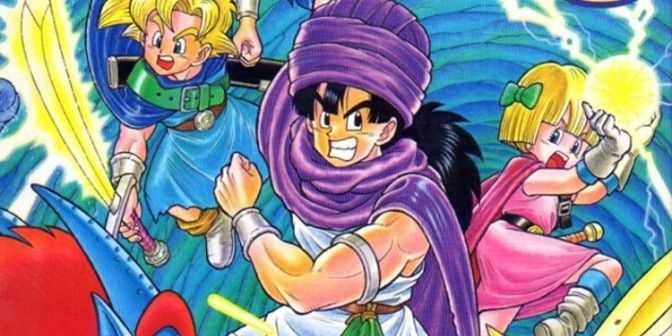
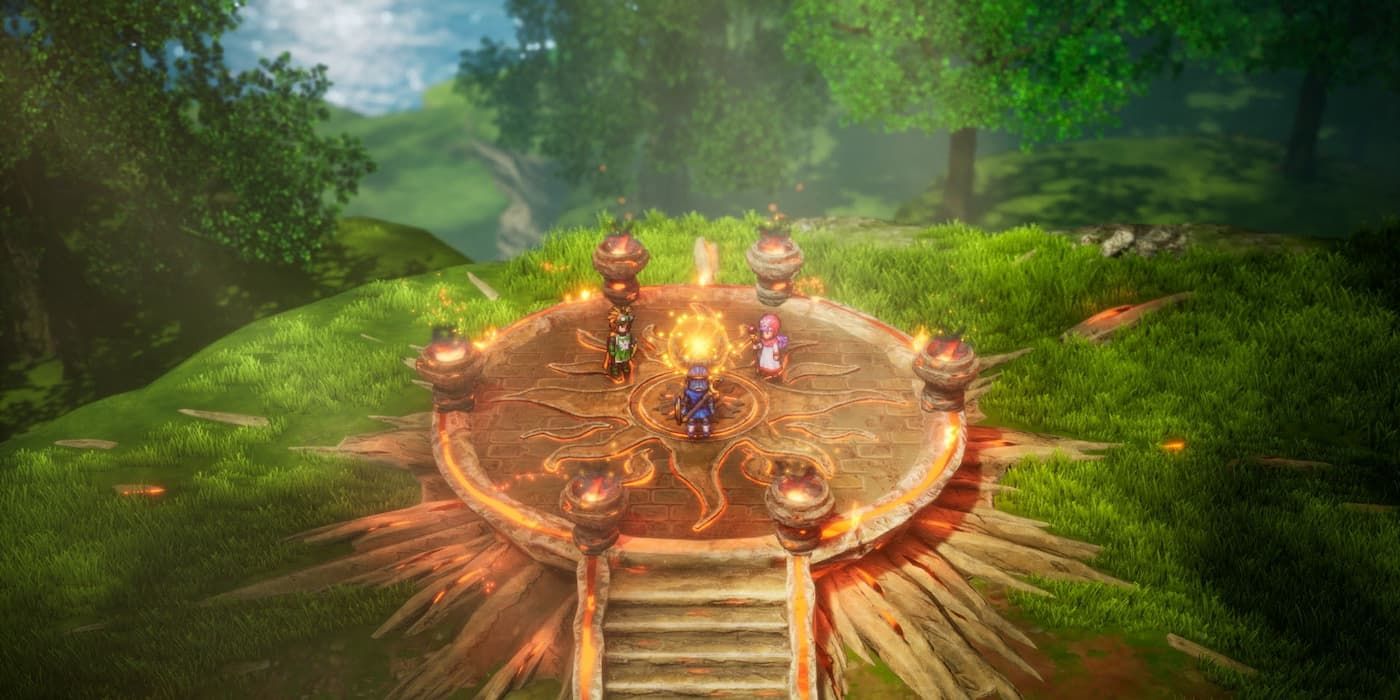
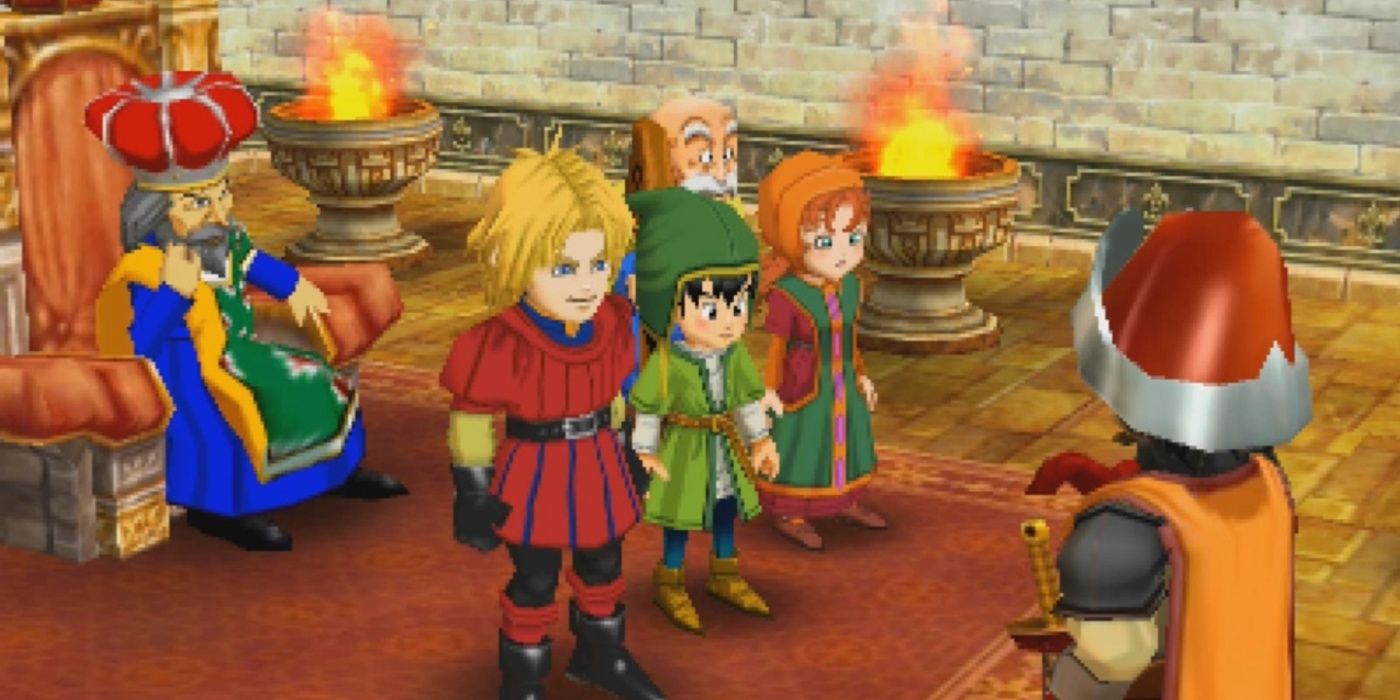

By 2003, Enix was grappling with escalating game development costs, stretching itself too thin by venturing into manga publishing, and facing limitations in creative freedom. As a result, the release of Dragon Quest VIII was postponed in 2000, leaving them financially strained and unable to fully recover. Parallel to this, Square Soft, the creators of the Final Fantasy franchise (which was influenced by Dragon Quest), were also experiencing financial difficulties due to their first film, Final Fantasy: The Spirits Within, not being successful.
Following extensive discussions and Square’s financial recovery largely attributed to Final Fantasy X, both companies ultimately merged, giving birth to Square Enix. Formally, Square Soft ceased to exist and was incorporated into Enix. However, the subsequent Dragon Quest game was developed by a separate entity, Level-5, and launched on the PlayStation 2 in 2004. Yuji Horii oversaw the scenario direction, while Akira Toriyama and Koichi Sugiyama resumed their roles for the art and music respectively.
In the upcoming year, Square Enix plans to release “Dragon Quest VIII: Journey of the Cursed King” overseas, marking the first time a game from this series will use its Japanese name outside its native country. They showcased playable demos in shopping malls, revamped the entire user interface for improved aesthetics and usability, and even packaged the game with a demo of “Final Fantasy XII” as an added bonus. Regrettably, it appears that most players purchased the game primarily for the included demo, resulting in the Dragon Quest franchise continuing to remain relatively unknown despite positive reviews and strong sales.
Slow But Steady Growth
The West Finally Sees the Appeal
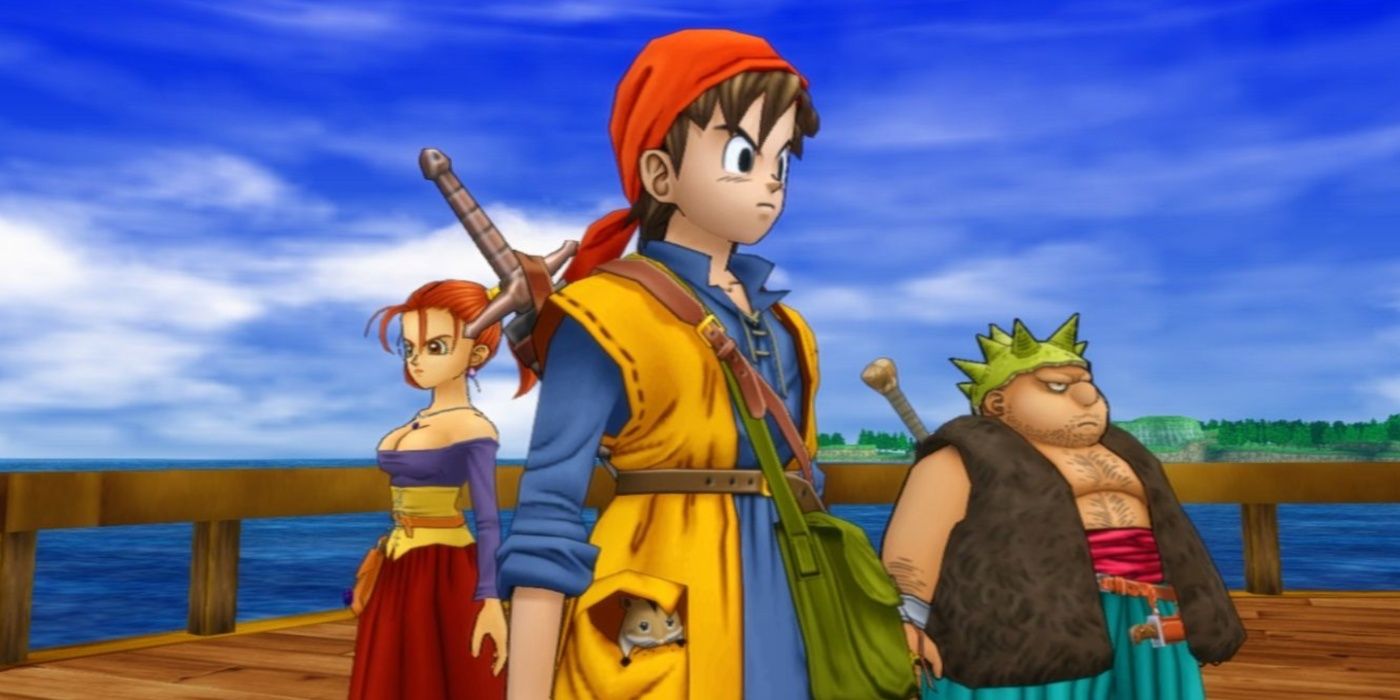
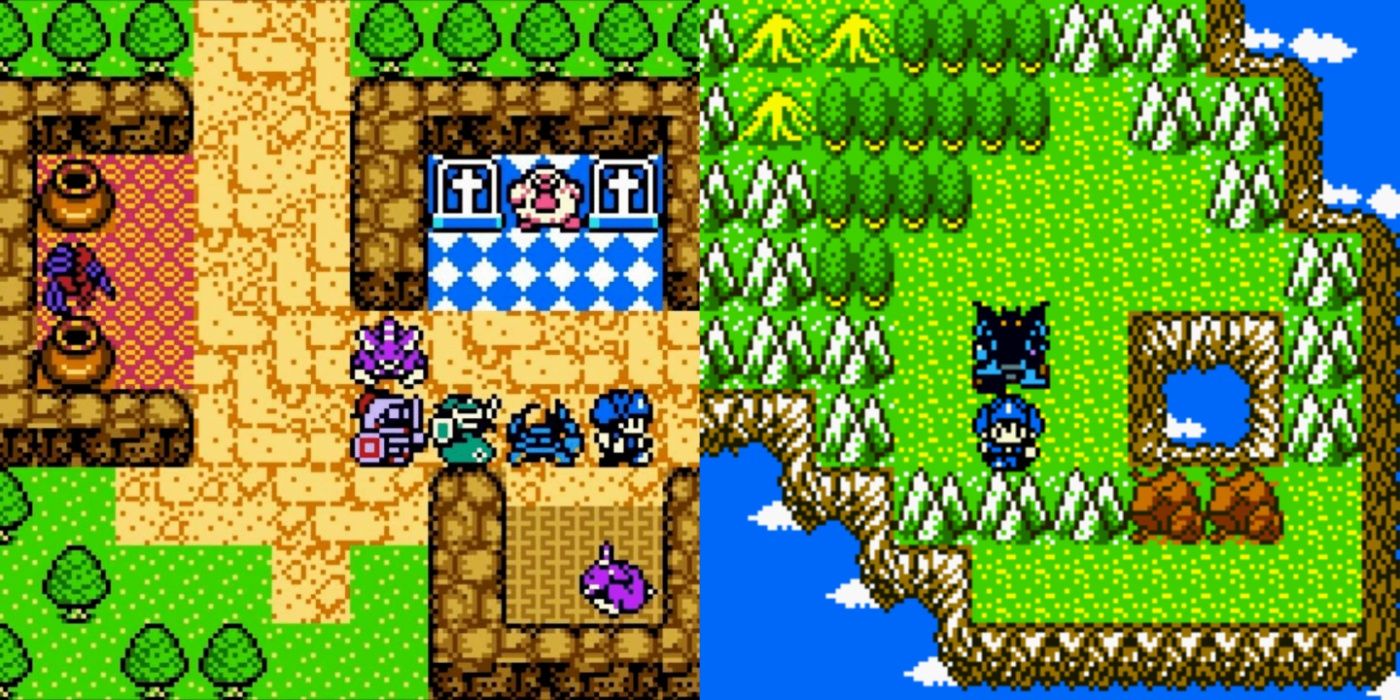
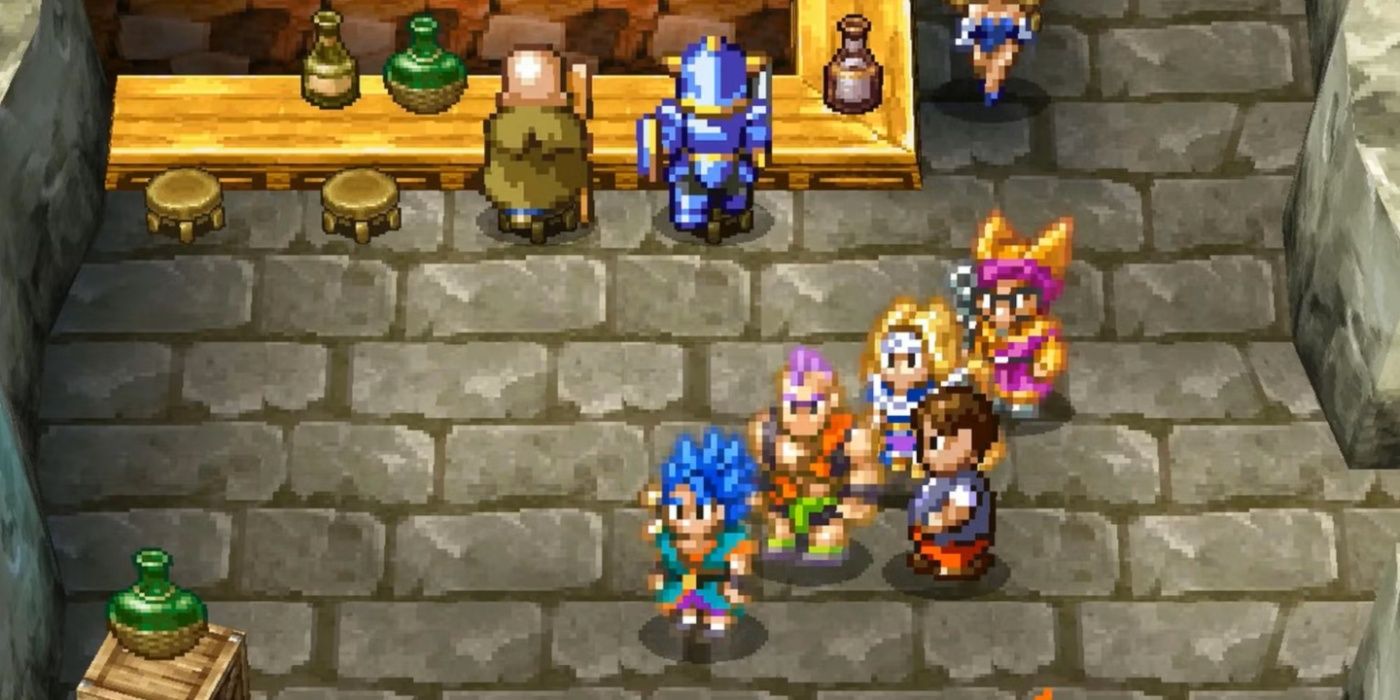
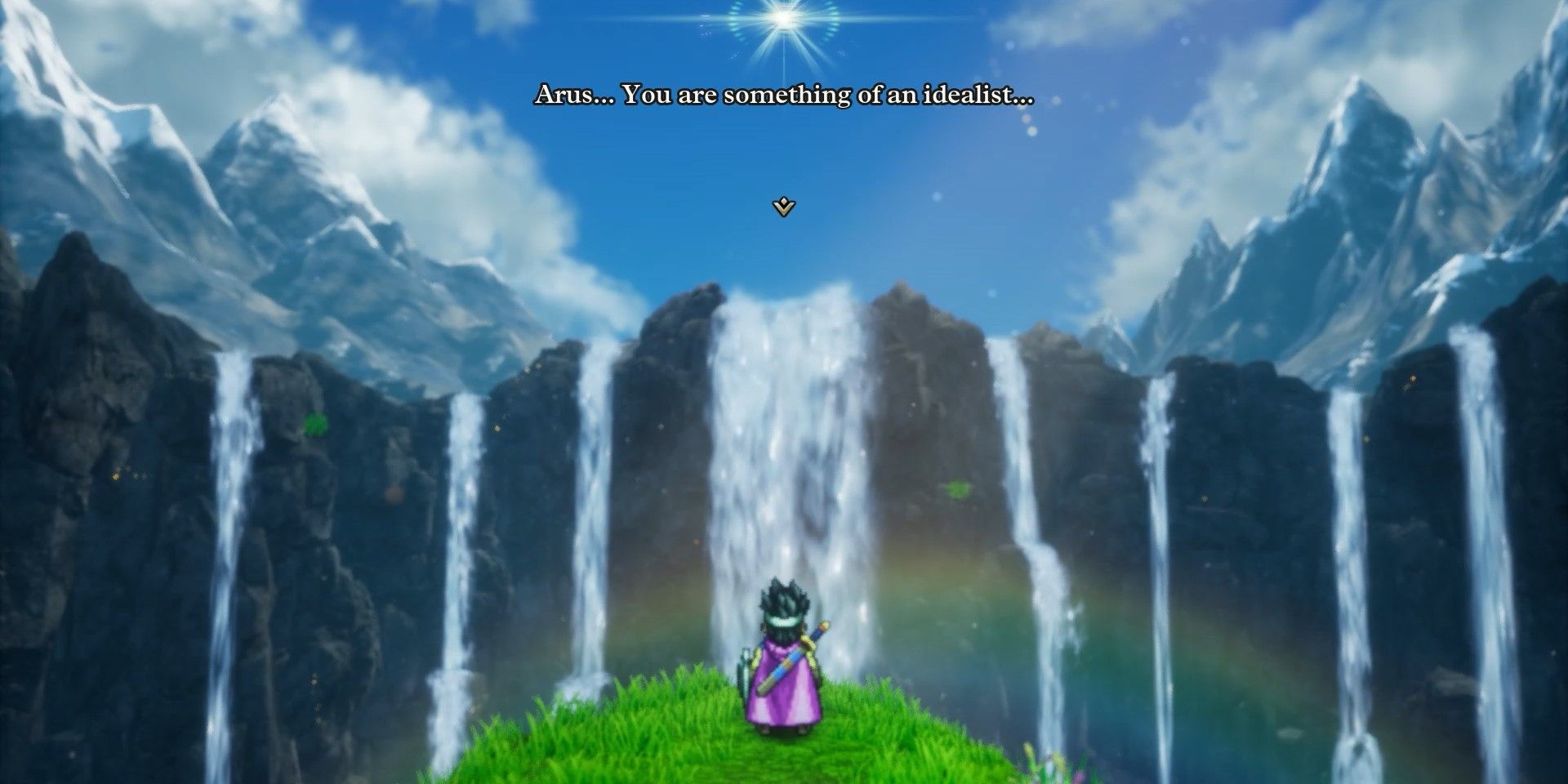
Over time, as new Dragon Quest games were launched, sales continued to climb in foreign markets. Though the fanbase remained relatively small, it persistently expanded, albeit gradually. Notably, Dragon Quest IX for the DS emphasized multiplayer experiences, enabling players to design their own characters and join forces with friends throughout most of the journey. Additionally, this game introduced a Tag Mode, which facilitated wireless communication between games in standby mode, exchanging items and data with nearby players – a concept that eventually led to the development of the 3DS’ Street Pass feature.
Dragon Quest X, originally launched for the Wii in 2012, is a massively multiplayer online (MMO) game that has yet to be localized but continues to thrive in Japan. Over the years, it has expanded with six updates, the most recent one coming out in 2024. To aid novice players, an offline version of the original game and its first expansion was developed. Players can complete the game offline, then transfer their characters to the online MMO, picking up the story right where they left off upon finishing the game.
In a way, the upcoming game in this series is harkening back to its roots.
Initially, only the PlayStation 4 edition will be distributed globally, marking a debut for Dragon Quest IX beyond Japan’s borders. Notably, this game has become incredibly popular worldwide, with sales exceeding 6.5 million copies, making it the most successful title in the series. This total includes the recent release of Dragon Quest XI S, which hit stores simultaneously worldwide on the Nintendo Switch in 2019 and featured additional content such as individual storylines for each party member and an upgraded 2D mode from the 3DS version.
The central character of the game, known as The Luminary, was also included in Super Smash Bros. Ultimate, thereby bringing the Dragon Quest franchise to an even larger global audience. Over the years, this series has made significant strides since its inception in 1986, and it has indelibly marked the world of gaming. It not only shaped the direction that many Role Playing Games (RPGs) would take subsequently, but also demonstrated the potential for user-friendly game design, proving that intricate and strategic games could thrive on consoles. This pioneering spirit inspired Street Pass and has left an immense impact in numerous other ways as well.
Regrettably, progress on the series seems to be at a standstill right now. We’ve only learned that Dragon Quest XII is coming and it will have a darker theme, as well as pay tribute to the late Akira Toriyama. Given Square Enix’s ongoing corporate reorganization, we probably won’t be hearing much about the game for some time. In the meantime, there are other games that fans can enjoy until XII makes its return.
Read More
- Clash Royale Best Boss Bandit Champion decks
- Brawl Stars December 2025 Brawl Talk: Two New Brawlers, Buffie, Vault, New Skins, Game Modes, and more
- Best Hero Card Decks in Clash Royale
- Clash Royale December 2025: Events, Challenges, Tournaments, and Rewards
- Call of Duty Mobile: DMZ Recon Guide: Overview, How to Play, Progression, and more
- Best Arena 9 Decks in Clast Royale
- Clash Royale Witch Evolution best decks guide
- Clash Royale Best Arena 14 Decks
- All Boss Weaknesses in Elden Ring Nightreign
- Deneme Bonusu Veren Siteler – En Gvenilir Bahis Siteleri 2025.4338
2025-05-25 02:23